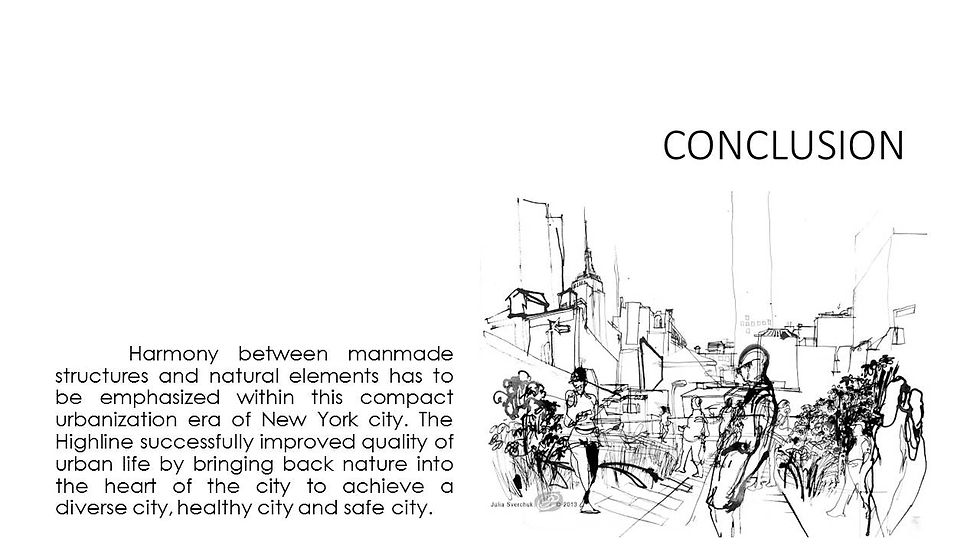DelaneyTANG
Assignment 1: Ideas and Theories in Urbanism
.FORM.
.ACTIVITY.
. MOVEMENT PATTERN .
TALES OF THREE CITIES [ARC3113]
Assignment 2b: Mapping the Townscape
Urban Form & Content: Orchard Road, Singapore
COIN
YOUR OWN
THEORY






























































































































In the first Assignment the students are to acquire prior knowledge, from the literature on urbanism, before the case study visit. The theme of the Semester is ‘Island Cities’ and the course work focuses on Manhattan, Hong Kong and Singapore as the case study cities. The students are to explore the various ideas/theories/social situations prevailed in the historical and contemporary times. Later in the Semester, the students are to explore the case study towns through visits.
OBJECTIVE
• To explore various urban theories and ideas in the Eastern World
• To know how various social situations responded to spatial forms
• To acquire an holistic understanding about various historical phases of the case study cities
LEARNING OUTCOMES
• Develop formal attributes of a number of key examples on the design of the cities in the East, during the historical and contemporary times.
• Identify, discuss and critique various urban design theories and ideas.
TANGIBLE
VS
INTANGIBLE
Assignment 2a: Journal On Urban Sketches & Photographs
Memory of Place: Orchard Road, Singapore
 |  |
|---|---|
 |  |
 |  |
 |  |
 |  |
 |  |
 |  |
 Slide15.JPG |  Slide16.JPG |
 |  |
 |  |
 |  |
Click here for a better view of the journal :)
This Assignment relates to the Assignment 1 in the way that the students are expected to document the city spaces. This is a location based study to establish the relationships and roles of the three urban design elements, especially focusing on the urban structuring principles.
Students are expected to capture interesting and meaningful photographs related to tangible or spatial (nodes etc.) intangible or social (urban life) contexts of these locations. It is important that the sketches/images are supported by one or more sentences on explaining why you felt that space is ‘interesting and meaningful’. A sense of urban-design vocabulary is expected out of the Assignment.
DIARY OF VISIT
The Diary is a collection of thoughts, experiences and evidences (not photographs) to support them. In the end the students will be able to narrate their ‘being’ in the city. It could also include the collection of info pamphlets, tickets or any such valuable objects that could offer them the ‘memory’ of the place.
The students are required to document the spatial form of the city to note the key spatial experience that is driven by the urban form and content. The objectives are:
OBJECTIVE
a) to characterize the urban forms through Serial Vision; b) to establish the relationships and roles of the three urban design elements and
c) to identify DISTINCTIVE aspects or patterns in in their layout.
The students will be given with basic urban study techniques such as figure/ground, serial vision, collage city, space syntax, etc. Therefore the students are required to analyze and apply those techniques in order to evaluate the spatial (tangible) and/or social (intangible) patterns in the city.
The study areas for the Assignment are the historic cores of Singapore. The aim is to coin your own theory for the city.
OBJECTIVE
a) • To characterize the urban forms
• Preparation of figure/ground diagram
• Study on urban elements using ‘Collage city’s
layering concept
b) • To establish the significance of serial vision
• Study on axiality in urban design
• Significance on views and vistas: Cullen’s serial
visions
c) • Illustrate the urban distinctive character
• Coin your own theory for the city following significant
patterns/collages between the typologies of form
(i) and the visual qualities
(ii) above through coining your own conceptual/
theoretical standpoint on the case study urban
site.




























































































































